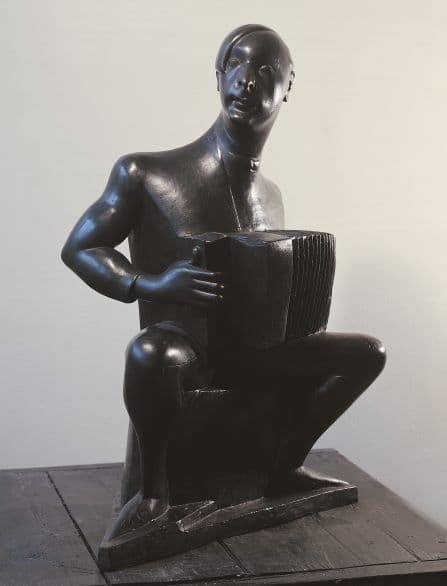Gustave Kahn, discussing the work of Chana Orloff in the Feuillets d'art, 1922
“Modernism is not a matter of tinsel; but it is a question of extracting from beings and things a transcription that we have not yet seen, of finding a new degree of acuity [...] by the presence in the methods of a tasty and unexpected taste."






